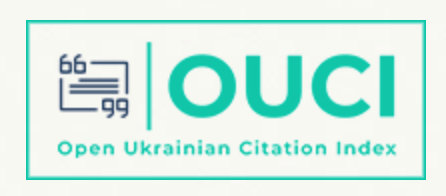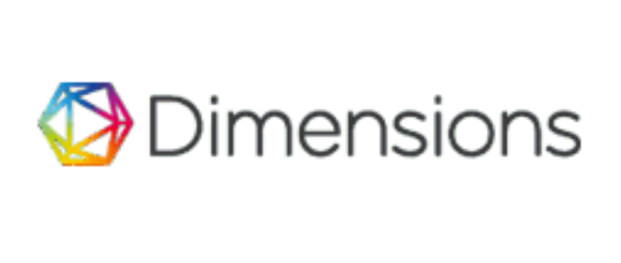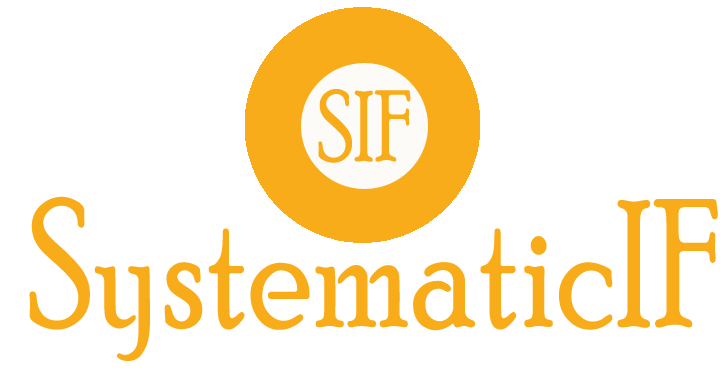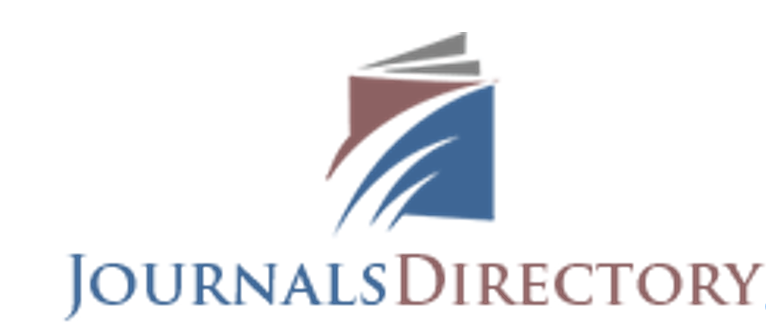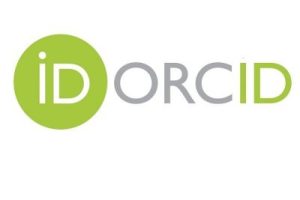Research on the Correlation Between Emotional-Gnostic and Personal Characteristics with Parameters of Adolescents’ Creativity
Abstract
The aim is to research the correlation of the most significant emotional-gnostic and personal characteristics with parameters of adolescents’ creativity. Methods. 150 adolescents aged 10–12 took part in the research. They gave answers to the statements of the method, aimed at determining the manifestation of creativity features, namely: an adapted author’s expert assessment, based on the diagnostic technique of creative personality traits by O. Tunik (2013) and the questionnaire of personal propensity for creativity by G. Davis (1989); as well as for the study of emotional-gnostic and personal characteristics: the children’s version of the multifactorial personality questionnaire by R. Cattell et al. (1993); scale of personal anxiety by H. Prykhozhan (2007). The results. A certain variability in the manifestation of creativity features of the subjects and the absence of a high propensity for creativity was found out on the general sample of subjects. Direct correlations of indicators of the manifestation of creativity traits with impatience (р < .010), independence (р < .010), emotional stability (р < .010), determination (р < .010), psycho-emotional stress (р < .010), extraversion (p < .050), self-confidence (p < .050) were established. Using cluster analysis, groups of adolescents with significant differences in manifestations of creativity traits and propensity to this activity were identified. In particular, these are 1) children who were inclined to creativity and were able to realize it at the highest level among other adolescents; 2) children who were able to show creativity and had no interest in it; 3) subjects who were inclined to engage in creativity, however, their manifestations of creativity were insignificant. Analysis of variance of emotional- gnostic personality indicators was applied, and it was established that the groups differ in manifestations of psycho-emotional stress (р < .01), extraversion (р < .05) and conscientiousness (р < .01). Discussion and conclusions. It was clarified and explained that the set of emotional-gnostic and personal characteristics, which have statistically significant correlations with the manifestations of creativity features, include the following: a high level of psycho-emotional stress, activity in social interactions, openness, impermanence, flexibility and uncertainty in decision-making.
Downloads
References
Álvarez-Huerta P., Muela A., Larrea I. Student engagement and creative confidence beliefs in higher education. Thinking Skills and Creativity. 2021. Vol. 40. P. 100821. https://doi.org/10.1016/j. tsc.2021.100821
Blynova O., Popovych I., Hulias I., Radul S., Borozentseva T., Strilets-Babenko O., Minenko O. Psychological safety of the educational space in the structure of motivational orientation of female athletes: a comparative analysis. Journal of Physical Education and Sport. 2022. Vol. 22(11). P. 2723–2732. https://doi.org/10.7752/jpes.2022.11346
Cattell R. B., Cattell A. K., Cattell H. E. P. (1993). 16PF Fifth Edition Questionnaire. Champaign, IL: Institute for Personality and Ability Testing. URL: https://sjdm.org/dmidi/Sixteen_Personality_Factor_ Questionnaire.html
Cheban Yu. V., Chebykin O. Ya., Plokhikh V. V. Massanov A. V. Emotional and volitional potential of self-mobilization in the organization of time perspective activity of highly qualified rowing athletes. Journal of Physical Education and Sport. 2020. Vol. 6. P. 3128–3137. https://doi.org/10.7752/jpes.2020.s6424
Chebykin O. Experimental Study of the Emotional Sphere of Children, Adolescents and Early Adulthood in Ukraine (1st ed.). Routledge. 2023. 278 p. https://doi.org/10.4324/9781003330943
Davis G. A. Testing for creative potential. Contemporary Educational Psychology. 1989. Vol. 14(3), 257–274. https://doi.org/10.1016/0361-476X(89)90014-3
Eschenauer S., Tsao R., Legou T., Tellier M., André C., Brugnoli I., Tortel A., Pasquier A. Performing for Better Communication: Creativity, Cognitive- Emotional Skills and Embodied Language in Primary Schools. Journal of Intelligence. 2023. Vol. 11(7). P. 140. https://doi.org/10.3390/jintelligence11070140
Finn E., Wylie R. Collaborative imagination: A methodological approach. Futures. 2021. Vol. 132. P. 102788. https://doi.org/10.1016/j.futures.2021.102788 Gralewski J., Lebuda I., Gajda A., Jankowska D. M., Wiśniewska E. Slumps and Jumps: Another Look at Developmental Changes in Creative Abilities. Creativity. Theories – Research – Applications. 2016. Vol. 3(1). P. 152– 177. https://doi.org/10.1515/ctra-2016-0011
Hao N., Qiao X., Cheng R., Lu K., Tang M., Runco M. A. Approach motivational orientation enhances malevolent creativity. Acta Psychologica. 2020. Vol. 203. P. 102985. https://doi.org/10.1016/j. actpsy.2019.102985
Khmiliar O., Popovych I., Hrys A., Pavliuk M., Zavatska N., Lytvynenko O., Blynova O. Spatial Regulation of Personality Behavior in the Conditions of Progression of the COVID-19 Pandemic. Revista Inclusiones. 2020. Vol. 7(SI). P. 289–306. https://www. revistainclusiones.org/index.php/inclu/article/ view/1760
Корнят В. С., Цимбала О. М. Робочий зошит для практичних занять з курсу “Основи психодіагностики та психокорекції”. Львів, 2016. 103 с. URL: https://pedagogy.lnu.edu. ua/wp-content/uploads/2017/03/РОБОЧИЙ- ЗОШИТ-книжка.pdf
Kryshtanovych M., Bilyk V., Hanushchyn S., Sheremet I., Vasylenko K. Modelling the ways to increase the creativity of psychology students as a basic factor in professional development. Creativity Studies. 2021. Vol. 14(1). P. 34–50. https://doi. org/10.3846/cs.2021.12571
López-Aymes G., Acuña S. R., Ordaz Villegas G. Resilience and Creativity in Teenagers with High Intellectual Abilities. A Middle School Enrichment Experience in Vulnerable Contexts. Sustainability. 2020. Vol. 12(18). P. 7670. https://doi.org/10.3390/ su12187670
Nosov P. S., Popovych I. S., Cherniavskyi V. V., Zinchenko S. M., Prokopchuk Y. A., Makarchuk D. V. Automated identification of an operator anticipation on marine transport. Radio Electronics, Computer Science, Control. 2020. Vol. 3. P. 158–172. https://doi. org/10.15588/1607-3274-2020-3-15
Oboeuf A., Hanneton S., Fernandes E., Buffet J., Coquinos S., Lecroisey L. Relationships between empathy and creativity in collective games: a comparison between handball and sitting ball. Frontiers in Psychology. 2023. Vol. 14. https://doi.org/10.3389/ fpsyg.2023.1185462
Popovych I., Blynova O., Savchuk O., Halian I. Self-efficacy of future athletes with different levels of psychological safety. Journal of Physical Education and Sport. 2020. Vol. 20(5). P. 2718–2724. https://doi.org/10.7752/jpes.2020.05370
Popovych I. S., Blynova O. Ye. The Structure, Variables and Interdependence of the Factors of Mental States of Expectations in Students’ Academic and Professional Activities. The New Educational Review. 2019. Vol. 55(1). P. 293–306. https://doi. org/10.15804/tner.2019.55.1.24
Прихожан А. М. Психология тревожности: дошкольный и школьный возраст. Санкт- Петербург: Питер, 2007. 192 с. URL: http://www. socium.kiev.ua/pdf/dytyacha%20psyhologiya/ Psihologiya%20trevoznosti.pdf
Richard V., Lebeau J.-C., Becker F., Inglis E. R., Tenenbaum G. Do more creative people adapt better? An investigation into the association between creativity and adaptation. Psychology of Sport and Exercise. 2018. Vol. 38. P. 80–89. https://doi.org/10.1016/j. psychsport.2018.06.001
Shi B., Dai D. Y., Lu Y. Openness to Experience as a Moderator of the Relationship between Intelligence and Creative Thinking: A Study of Chinese Children in Urban and Rural Areas. Frontiers in Psychology. 2016. Vol. 7. https://doi.org/10.3389/ fpsyg.2016.00641
Торба Н. Г. Психологічні аспекти творчого підходу в роботі педагога сучасної професійної школи : навчально-методичний посібник. Біла Церква: БІНПО УМО, 2021. 111 с. https://lib.iitta.gov. ua/725422/1/2%20ТОРБА_НГ_ПОсібник_2021.pdf
Тунік Є. Є. Найкращі тести на креативність. Діагностика творчого мислення. Харків: Гуманітарний центр. 2013. 320 с. URL: https:// lib.chmnu.edu.ua/pdf/posibnuku/160/25.pdf
van der Zanden J. A. C. P., Meijer P. C., Beghetto R. A. A review study about creativity in adolescence: Where is the social context? Thinking Skills and Creativity. 2020. Vol. 38. P. 100702. https:// doi.org/10.1016/j.tsc.2020.100702
Wu Q., Ren Q., Zhong N., Bao J., Zhao Y., Du J., Chen T., Zhao M. Internet behavior patterns of adolescents before, during, and after COVID-19 pandemic. Frontiers in Psychiatry. 2022. Vol. 13. https://doi. org/10.3389/fpsyt.2022.947360
Xu X., Liu W., Pang W. Are Emotionally Intelligent People More Creative? A Meta-Analysis of the Emotional Intelligence–Creativity Link. Sustainability. 2019. Vol. 11(21). P. 6123. https://doi.org/10.3390/ su11216123
Яцина О. Вплив війни на психічне здоров’я: ознаки травматизації психіки дітей та підлітків. Наукові перспективи. 2022. № 7(25). https://doi. org/10.52058/2708-7530-2022-7(25)-554-567
Zhou K. The Influence of Creative Personality and Goal Orientation on Innovation Performance. Frontiers in Psychology. 2021. Vol. 12. https://doi. org/10.3389/fpsyg.2021.634951
Zhuravlova L., Chebykin O. The Development of Empathy: Phenomenology, Structure and Human Nature. Routledge; 1st edition. 2021. 264 p. https://doi. org/10.4324/9781003145370
Authors who publish with scientific journal agree to the following terms:
• All scientific papers may be freely copied and distributed on any medium and in any format, provided that the references to the initial data of the scientific work are indicated.
• Authors retain copyright and grant the journal right of first publication with the work simultaneously licensed Creative Commons Attribution License .
• Authors are able to enter into separate, additional contractual arrangements for the non- exclusive distribution of the journal’s published version of the work (institutional repository, your website, monograph), with an acknowledgement of its initial publication in this journal.













